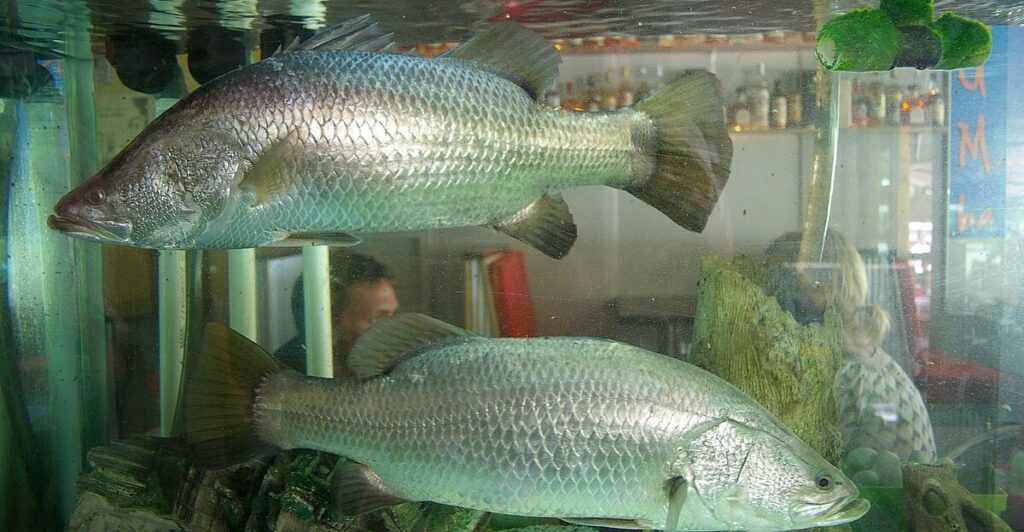
No matter how impressive they look, not all fish belong in a home aquarium. Some are too large, others require impossible-to-maintain conditions, and a few are dangerous. These exotic creatures demand a level of care that’s out of reach for most aquarium enthusiasts.
Many of such species are sold as juveniles, making them seem like manageable additions to a home setup. However, their needs outpace what any standard aquarium can provide as they grow. Curious about which fish make the “no-go” list? Stick around to meet 12 fascinating species that are best left in natural habitats or specialized facilities.
1. Electric Eel
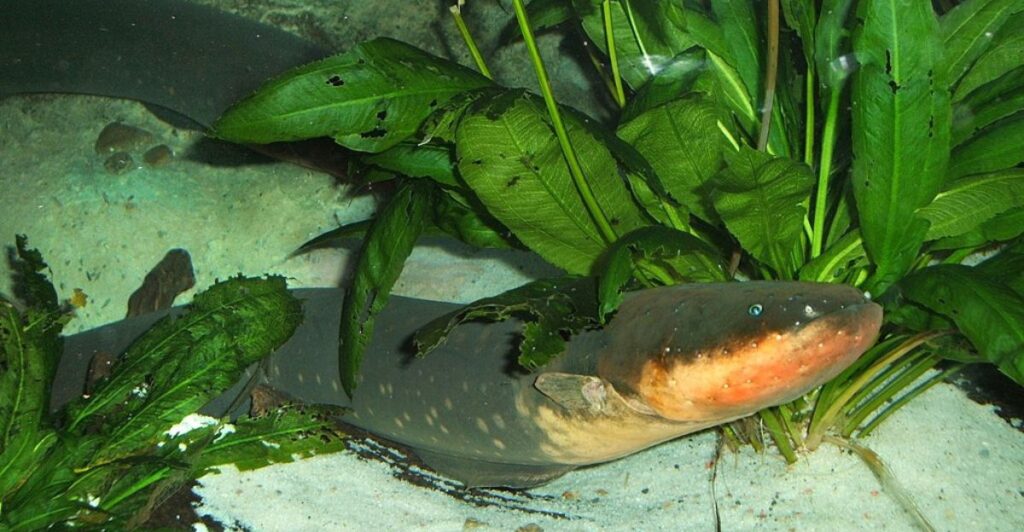
The South American electric eel can generate powerful shocks and grow up to eight feet long, making it too large for a home tank. It needs plenty of space and oxygen-rich water, which makes it hard to care for outside of the wild or research settings. Additionally, their ability to produce electricity can be dangerous to both fish and humans, so it’s important to avoid direct contact.
2. Vampire Tetra

Known as the “saber-toothed fish,” the vampire tetra has fang-like teeth that can grow up to six inches. Predators like this one hail from fast-flowing rivers in South America and demand expansive tanks with strong currents to mimic their natural habitat. The tetra’s carnivorous diet and aggressive tendencies often make other tank mates their next meal.
3. Nile Perch
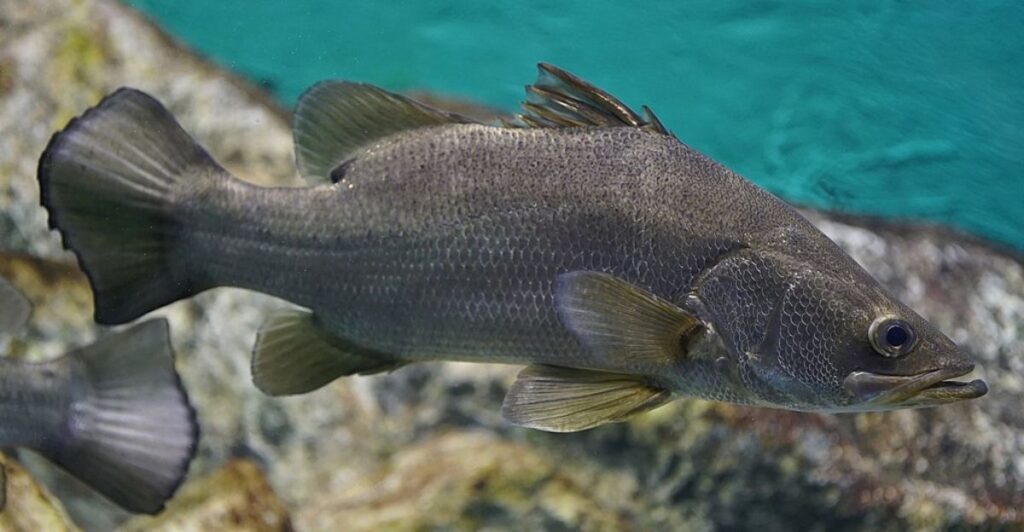
The Nile perch is a 400-pound freshwater giant with a voracious appetite that can often grow to six feet long and is better admired from afar. Native to African lakes and rivers, even the largest home aquariums can’t meet its spatial or dietary needs. Additionally, its introduction to non-native waters has already wreaked ecological havoc in some regions, highlighting the importance of responsible fishkeeping.
4. Iridescent Shark Catfish
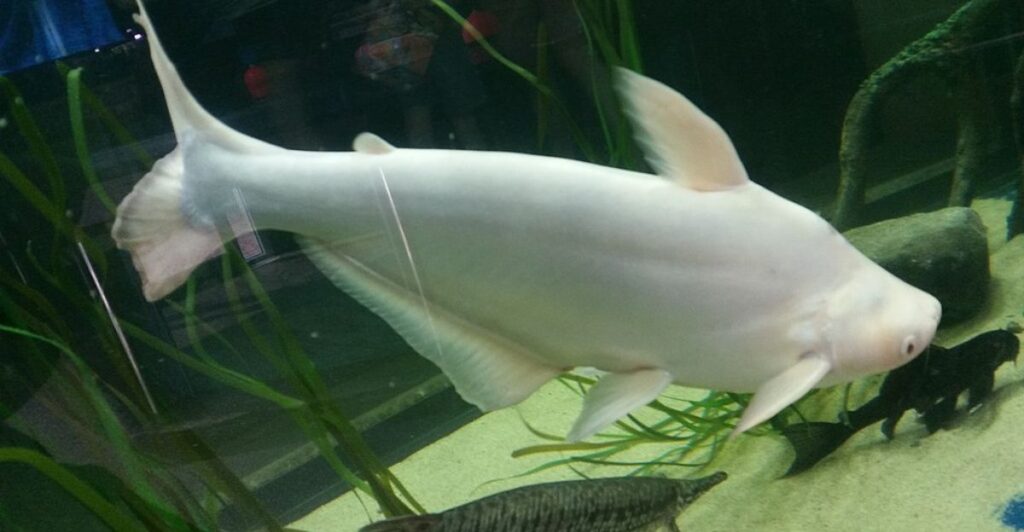
Despite its misleading name, the iridescent shark is actually a large, fast-growing catfish, not a shark. Young specimens are commonly sold as ideal for home tanks, but many owners are unaware that these fish can grow to over four feet in length. As they grow, they require enormous tanks with powerful filtration to thrive. Additionally, their nervous nature means that startling them can lead to injuries.
5. Barramundi
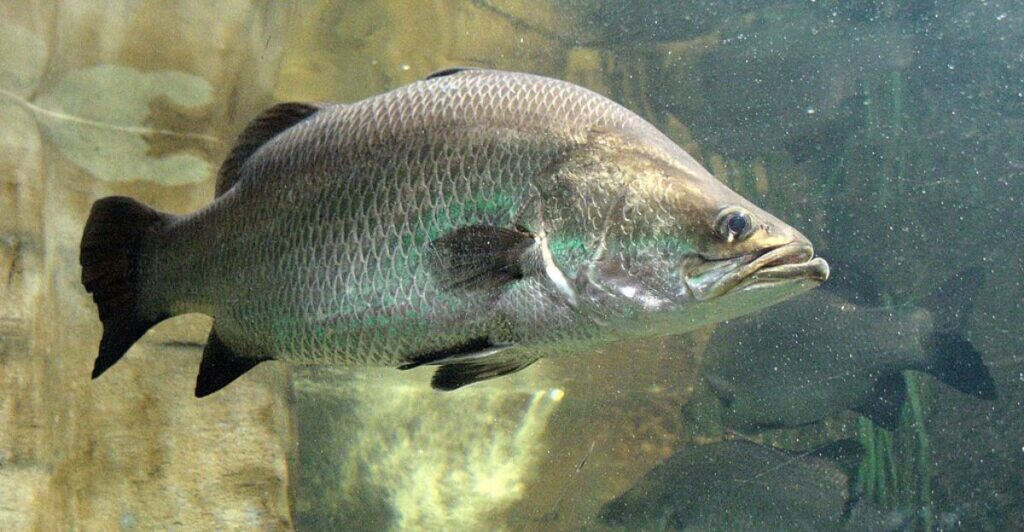
While barramundi start small and appear manageable, their rapid growth soon tells a different story. Reaching up to six feet, this species thrives in brackish water—a challenging blend of salt and fresh that’s difficult to mimic in home aquariums. Native to Australia and Southeast Asia, barramundi require expert care, specialized diets, and tanks far larger than the average hobbyist can provide.
6. Goonch Catfish
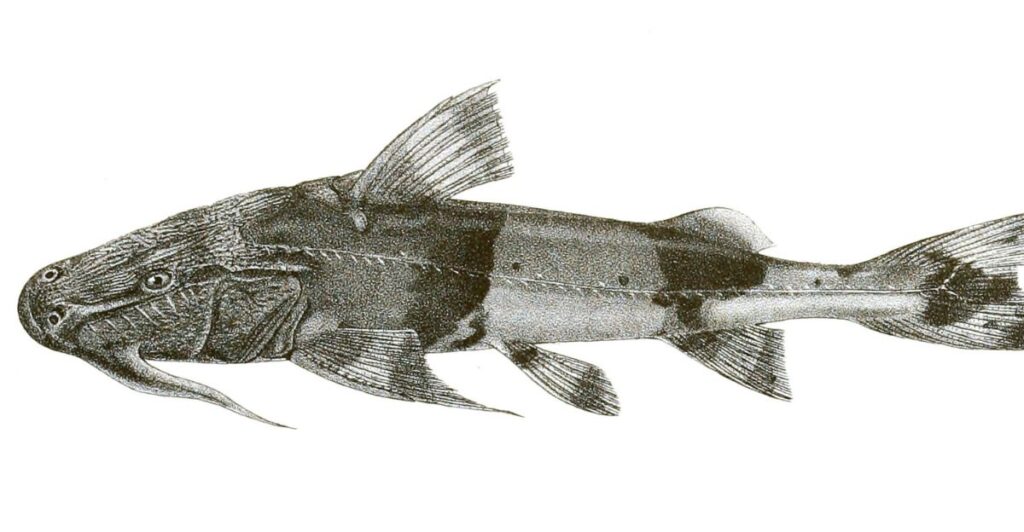
The goonch catfish is a true river monster from South Asia. It can grow up to six feet long and weigh hundreds of pounds. Known for its aggressive and territorial nature, it dominates tank spaces and devours smaller fish with ease. They also prefer deep, fast-flowing rivers, an environment that’s virtually impossible to replicate in captivity.
7. Paddlefish

Sporting a long, paddle-shaped snout, this North American species is as unique as it is challenging to care for. As filter feeders, paddlefish require large volumes of flowing water to thrive, mimicking the natural currents of their habitats. They can grow up to an impressive seven feet in length, which means they need open spaces to move and a plankton-rich diet.
8. Peacock Bass

Native to South America, the peacock bass is a predatory cichlid that grows up to three feet long. These fish have an insatiable appetite, often requiring live prey to satisfy their hunting instincts. Such rapid growth and aggressive tendencies make them poor candidates for community tanks, where they can quickly outgrow their space and wreak havoc on other tank inhabitants.
9. Arapaima
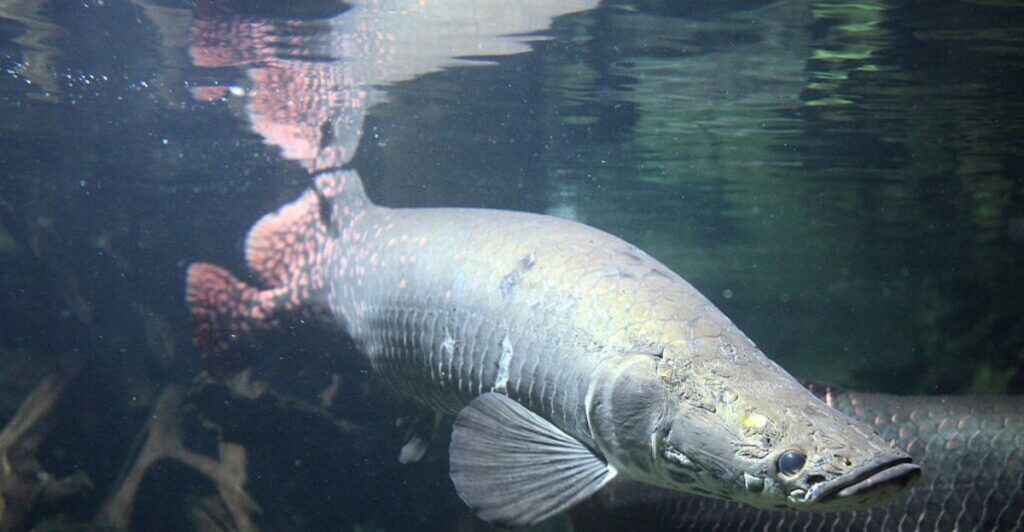
The arapaima is counted as one of the largest freshwater fishes globally, often exceeding 10 feet and 400 pounds. Found in the Amazon Basin, these air-breathing giants need warm, oxygen-rich water and expansive spaces. A size and diet that includes fish and small animals makes it nearly impossible for them to be housed properly outside of professional facilities.
10. Alligator Gar

The alligator gar, with its sharp teeth and snout-like jaw, looks like a blend of fish and reptiles. Native to North American rivers, this massive predator grows up to 10 feet and weighs hundreds of pounds. It requires expansive water bodies and thrives on an opportunistic diet, so it cannot adapt to standard aquariums.
11. Wels Catfish

Hailing from European and Asian rivers, the wels catfish is a bottom-dweller that grows over nine feet and weighs several hundred pounds. Its diet includes fish, birds, and even small mammals, making it a formidable predator. This giant’s massive size and specialized care requirements mean it’s best left in its natural habitat or professional facilities, not cramped in a home tank.
12. Titan Triggerfish
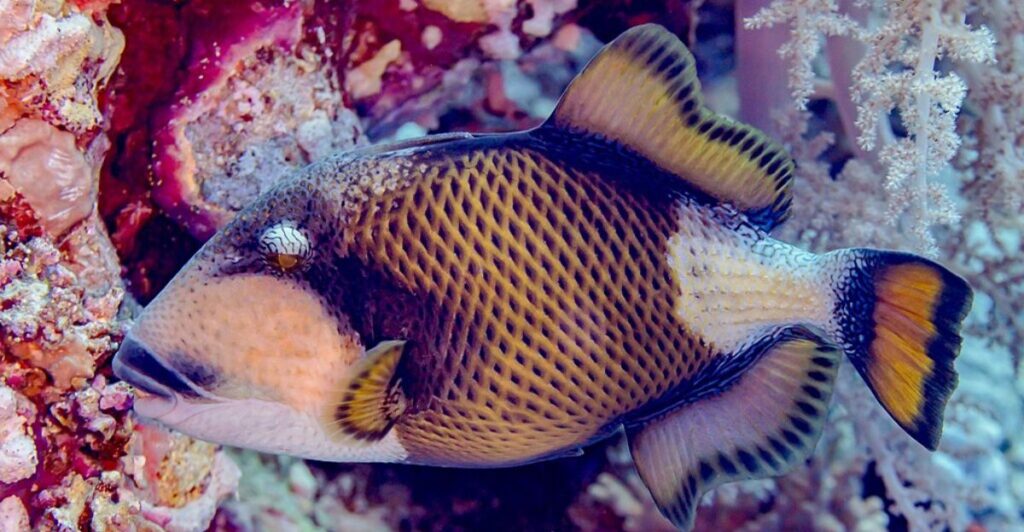
Brightly colored but highly territorial, the Titan triggerfish is a coral reef resident with a reputation for aggression. Equipped with sharp teeth, it can bite through shells and even harm its tank mates during nesting periods. They require intricate reef systems and large tanks, impractical for most hobbyists.
Stay connected with us for more stories like this! Follow us to get the latest updates or hit the Follow button at the top of this article, and let us know what you think by leaving your feedback below. We’d love to hear from you!







